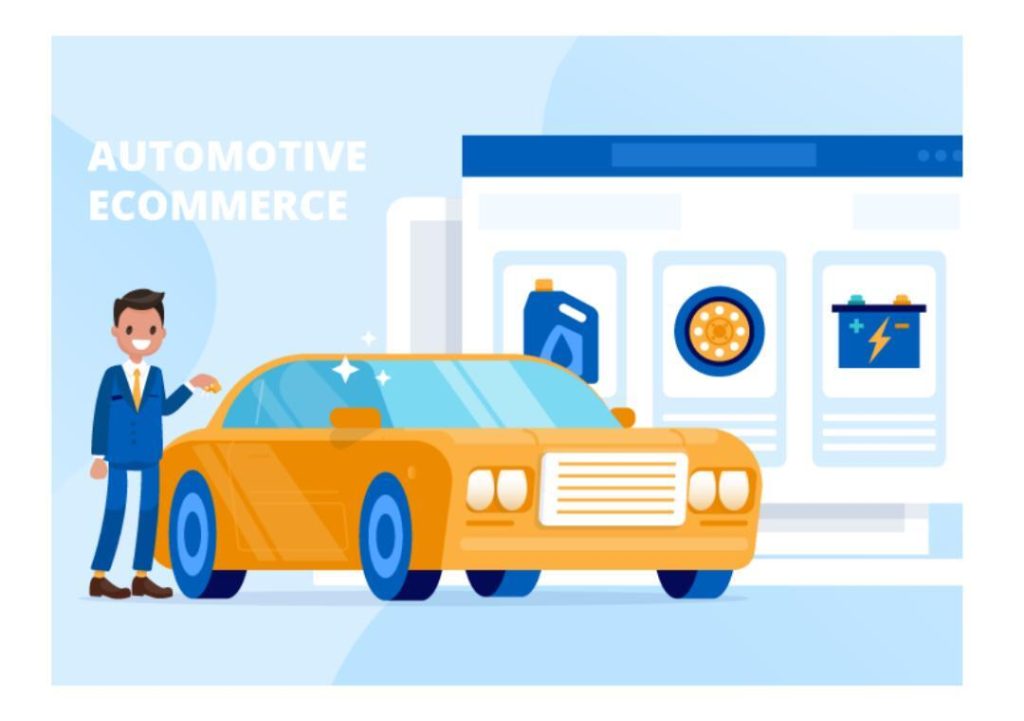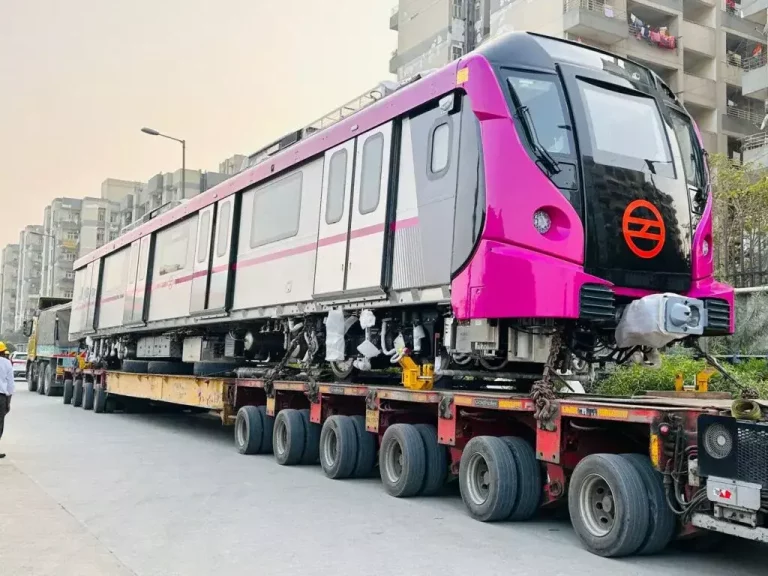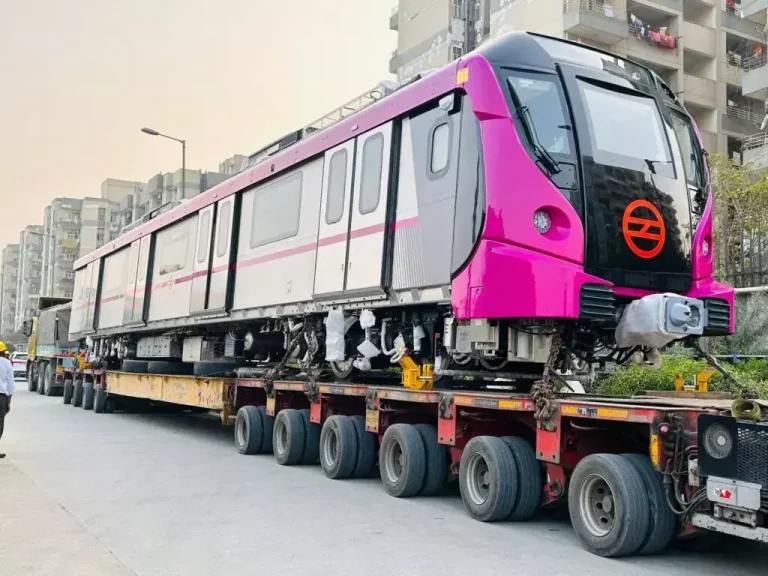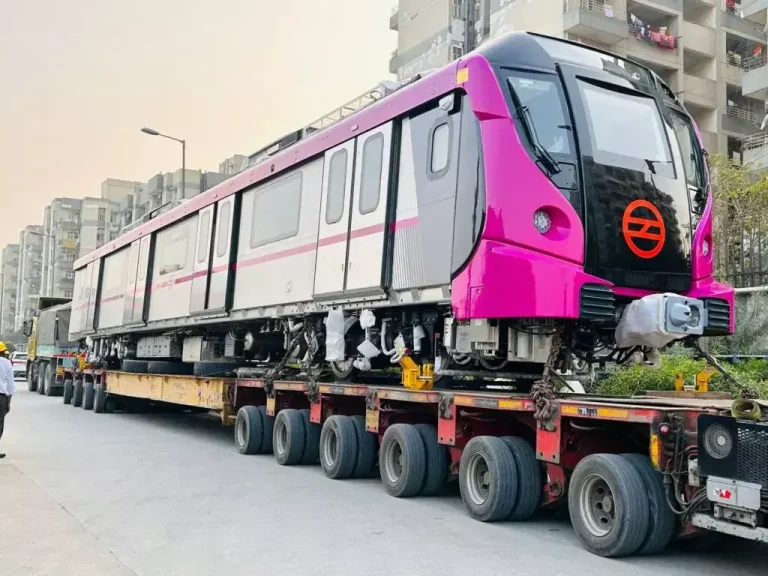
How are auto e-comm firms solving delivery challenges?
The automotive e-commerce industry has been experiencing unprecedented growth in recent years, driven by the increasing demand for online platforms that allow customers to purchase vehicles and auto parts from the comfort of their own homes. With this growth comes the need for efficient and reliable delivery systems that can meet the rising expectations of customers. In this blog post, we’ll explore how auto e-comm firms are addressing the challenges of delivery and ensuring that their customers receive their orders promptly and efficiently.
The Importance of Timely Delivery in Auto E-Comm
In the automotive e-commerce industry, timely delivery is critical. Customers expect to receive their orders quickly and efficiently, and any delays can lead to lost sales and damaged reputations. According to a study by the Harvard Business Review, 80% of customers say that convenience is a major factor in their purchasing decisions, and 77% say that they are willing to pay more for faster delivery.
In addition to customer satisfaction, timely delivery is also essential for maintaining a competitive edge in the market. With more and more businesses entering the automotive e-commerce space, companies need to find ways to differentiate themselves and stand out from the competition. By investing in advanced delivery technologies and strategies, auto e-comm firms can ensure that their customers receive their orders quickly and efficiently, setting them apart from their competitors.
Real-Time Inventory Tracking: A Key Solution
One of the biggest challenges facing auto e-comm firms is managing inventory levels. With so many products to keep track of, it’s easy to lose sight of what’s in stock and what’s not. This can lead to delays and lost sales, as customers are left waiting for products that aren’t available.
Real-time inventory tracking is a key solution to this problem. By using advanced software and technologies, auto e-comm firms can track their inventory levels in real-time, ensuring that they always know what’s in stock and what’s not. This allows them to make informed decisions about inventory management, such as ordering more stock when levels are low and reducing inventory when levels are high.
Real-time inventory tracking also helps auto e-comm firms to optimize their supply chain, ensuring that products are delivered to customers quickly and efficiently. By tracking inventory levels in real-time, businesses can identify bottlenecks in the supply chain and take steps to address them, reducing delivery times and improving customer satisfaction.
Smart Warehousing: A Game-Changer
Smart warehousing is another key solution to the delivery challenges facing auto e-comm firms. By using advanced technologies such as automation and robotics, smart warehouses can streamline the storage and retrieval of products, reducing the time it takes to pick and pack orders.
Smart warehousing also allows auto e-comm firms to optimize their storage space, ensuring that products are stored in the most efficient way possible. This reduces the risk of stockouts and overstocks, and ensures that products are always readily available for delivery.
In addition to streamlining storage and retrieval, smart warehousing also provides auto e-comm firms with valuable data and insights. By tracking inventory levels and storage conditions in real-time, businesses can identify areas for improvement and make data-driven decisions about inventory management and supply chain optimization.
Route Optimization: The Final Piece in the Puzzle
Route optimization is the final piece in the puzzle when it comes to ensuring timely delivery in the automotive e-commerce industry. By using advanced algorithms and software, auto e-comm firms can optimize their delivery routes, ensuring that drivers take the most efficient route possible and that orders are delivered quickly and efficiently.
Route optimization also helps auto e-comm firms to reduce fuel costs and lower emissions, making it a key solution for businesses that are committed to sustainability. By optimizing delivery routes, businesses can reduce the number of miles driven and the amount of fuel consumed, making a positive impact on the environment.
The Benefits of Advanced Delivery Technologies
So, what are the benefits of advanced delivery technologies for auto e-comm firms? By investing in real-time inventory tracking, smart warehousing, and route optimization, businesses can:
- Improve customer satisfaction by ensuring timely delivery
- Reduce delivery times and improve supply chain efficiency
- Optimize inventory levels and reduce waste
- Gain valuable insights and data to inform business decisions
- Stay competitive in the market by differentiating themselves through advanced delivery technologies
Conclusion
In conclusion, timely delivery is critical in the automotive e-commerce industry. By investing in advanced delivery technologies such as real-time inventory tracking, smart warehousing, and route optimization, auto e-comm firms can ensure that their customers receive their orders quickly and efficiently. These technologies are helping businesses to stay competitive in the market, improve customer satisfaction, and reduce delivery times and costs.
As the automotive e-commerce industry continues to grow and evolve, it’s likely that we’ll see even more innovative solutions to the delivery challenges facing auto e-comm firms. By staying ahead of the curve and investing in the latest technologies and strategies, businesses can ensure that they remain competitive and continue to meet the rising expectations of their customers.
Source:
https://www.growthjockey.com/blogs/automotive-e-commerce-industry-benefits-and-challenges




